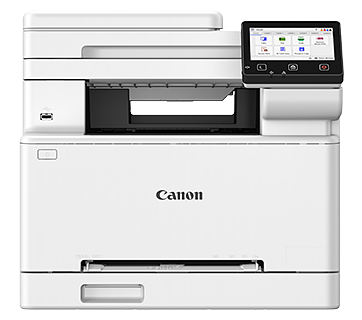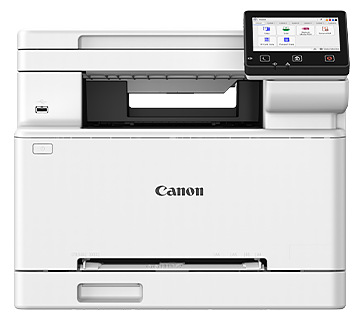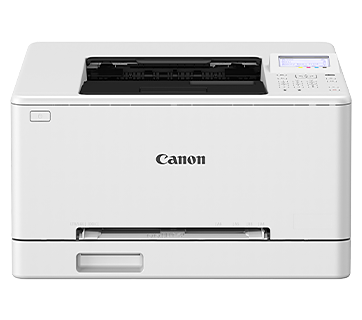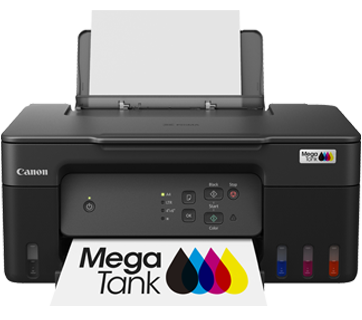
A Sustainable Singapore: What Plans Do We Have for the Future?
What does it mean to be sustainable? Sustainable development is necessary in order to meet the needs of the present, without compromising the ability of future generations to meet their own needs. Sustainability is not a new concept, especially with the accelerated pace of climate change and environmental degradation. Countries and communities globally are gradually looking to green initiatives and renewable energy, doing their part in reducing emissions and preserving the ecosystem.
Singapore is no stranger to the movement and goal of creating a better and more sustainable home, environment and future. Besides working on being eco-friendly, our nation-state understands that sustainability efforts also need to extend to our community and economy, putting them on the path of a sustainable future.
Here, we take a look at three major projects Singapore has in place to ensure its sustainability for the future:
1. Autonomous Vehicles on the Roads
Singapore’s aim to be a Smart Nation includes exploring the use of self-driving technology not only for public transportation but also freight transport and utility services in the future.
Self-Driving Vehicle (SDV) trials have been carried out since 2010, where the National University of Singapore (NUS) and the Singapore-MIT Alliance for Research and Technology (SMART) tested a fleet of autonomous golf-buggies around the NUS campus. This team has since carried out public trials of SDVs at Chinese and Japanese Gardens in 2014.
The Land Transport Authority (LTA) in Singapore is also evaluating more proposals to develop and test more types of SDVs, including: shuttle buses, on-demand, referring to vehicles that can be summoned through smartphone apps, and point-to-point mobility, which are vehicles that transport you to and from specific stops only, such as from your doorstep to the train station.
SDVs present a sustainable solution that addresses manpower challenges and traffic congestion in Singapore. The reduction in excessive breaking and acceleration also minimises air pollution, making it an eco-friendly and viable option in Singapore’s sustainable development plans.
2. Building a Green Rail Corridor
Previously a railway line used for commuting and transporting goods between Singapore and Malaysia in the 1990s, the Rail Corridor will cover the entire width of the country and act as a continuous open space connecting various communities across the island.
The Urban Redevelopment Authority (URA) has actively engaged the public on the project, organising activities such as community walks and workshops, even holding an Idea Competition in 2011 to develop its preliminary design. In 2015, proposals from the ground were also taken into consideration when developing the project. As of now, the first stage of the Rail Corridor (Bukit Timah Railway Station) is expected to be completed in 2019, with the rest developed by 2021.
This ‘green corridor’ aims to contrast Singapore’s dense city area, while also preserving ecosystem functions. With ‘Biodiversity and Greenery’ as its key theme, the corridor will create a conducive environment for wildlife to thrive, mitigating the effects of ecological fragmentation by connecting plant and animal movement across Singapore.
Additionally, the corridor will be an inclusive space open to all for recreational activities, as well as a site of heritage conservation and restoration. Essentially, the green corridor presents great potential for environmental and social sustainability in Singapore’s future.
3. Solar-powered Future
Solar energy is all the rave in sustainability efforts not just in Singapore, but across the world. With the aim of one day having enough solar power to meet 15% of peak electricity demand, many projects have been put into action, such as the initiative to install solar panels on HDB rooftops back in 2008 to provide sustainable public housing.
In 2014, the Housing Development Board (HDB) and the Economic Development Board (EDB) also worked together to launch the SolarNova Programme, which called for an accelerated deployment of solar panels across government agencies – estimated to have enough capacity to power 88,000 four-room flats annually. Currently, there are over 2,000 solar panel installations nation-wide, and this number continues to grow.
Furthermore, to overcome the challenge of land scarcity in Singapore, the government has also tapped on our water surfaces. Tengeh Reservoir in Tuas is home to the world’s largest solar-cell test bed. It generates sufficient energy to power 240 four-room HDB flats for a year and performs 5-15% better than rooftop panels. Under the ‘energy islands project‘, this concept is now expanding to include other reservoirs in Singapore.
Solar power is a great source of renewable energy and can aid in achieving Singapore’s carbon emission targets. Moreover, apart from providing huge savings on electricity, solar energy itself has low costs and presents a very viable option for sustainability.
While the public sector has been taking the lead, more needs to be done for businesses and individuals to follow suit. Enterprises need to have the right mindset about sustainability, inculcate this attitude in their employees, and take steps to embark on their sustainable journey. These efforts can start with small initiatives, such as recycling toner cartridges and partnering with sustainable business partners.
Sustainable development in your organisation will not only positively impact society but will also value-add as a business objective which is appealing to customers and take us one step towards a better future.
For more business solutions and insights, follow Canon Singapore on LinkedIn.








